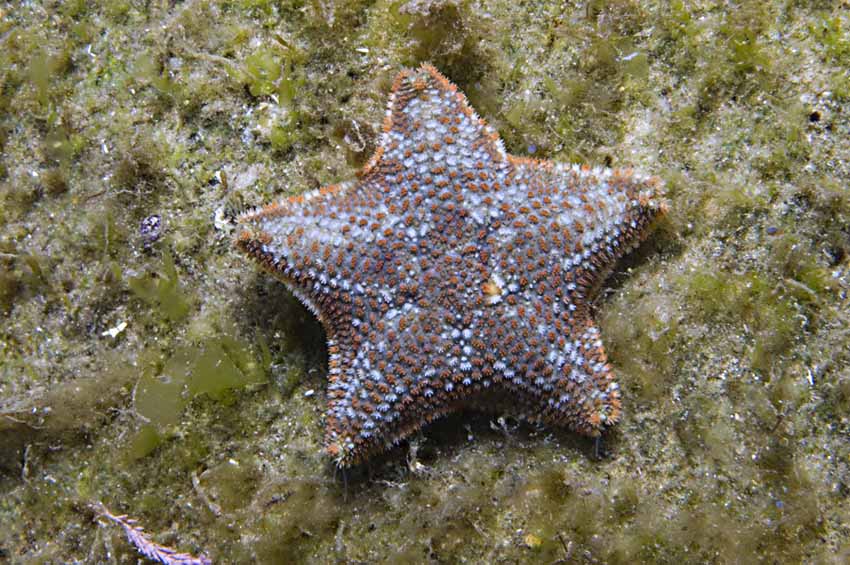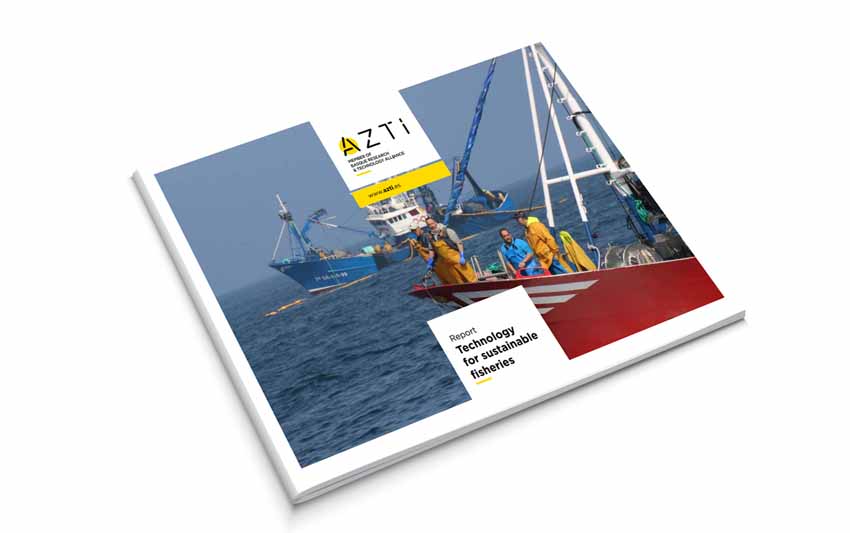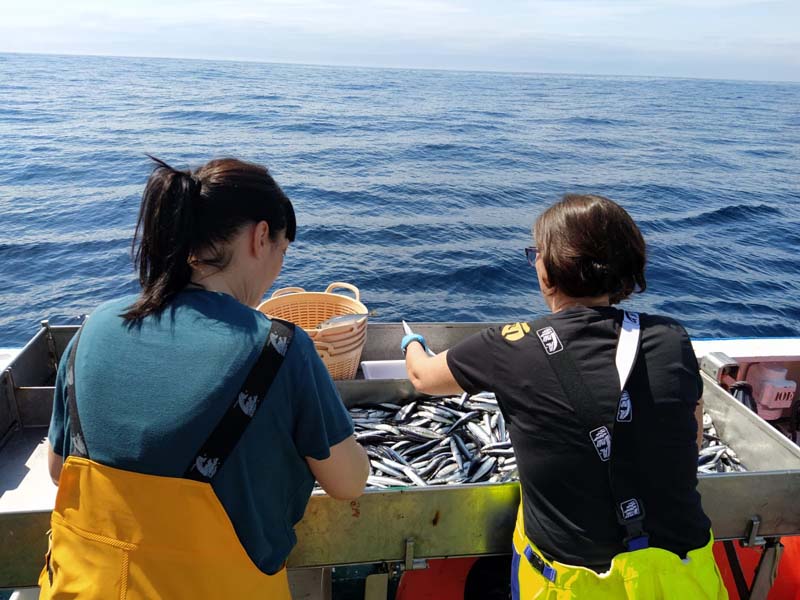Even marine animals in untouched habitats are at risk from human impacts
Últimas noticias
AZTI and SERRATS Win Tuna Awards in the Circular Economy Category with the RESALTUN Project
Grapes, oranges and olives get a second life as local ingredients for animal feed
Flying Trawl Doors: Technology for More Sustainable Fishing
- Study of 21,000 marine animals finds many coastal regions are also at greater risk than previously realized
Climate change and a range of other human impacts are putting marine animals at risk of extinction — even those living in almost pristine marine habitats and diverse coastal regions — reports a new study by Casey O’Hara of the National Center for Ecological Analysis and Synthesis at the University of California, USA, and colleagues, published September 18, 2024 in the open-access journal PLoS ONE*.
Human activities on land and sea, in combination with climate change, are degrading coastal ecosystems, increasing the risk of extinction for multiple species and threatening important ecosystem services that humans depend on. To effectively address these threats, however, it is important to understand where and to what extent human-caused stressors are impacting marine ecosystems.
In a new study, researchers estimated the impact of human activities on more than 21,000 marine animal species worldwide, taking into account their exposure and vulnerability to stressors, including fishing, shipping, and land-based threats. They then mapped the impacts across the global ocean, identifying locations where climate-driven impacts overlap with other human-caused stressors.
The researchers’ analysis showed that even relatively untouched habitats may still be home to species at elevated risk. Additionally, many coastal regions with a high diversity of species may be at greater risk than previously realized, based on earlier studies that focused on habitats, not species. Researchers also found that the impacts from climate change — namely, elevated sea surface temperature and ocean acidification — were greater than other human-caused stressors, regardless of the ecosystem studied.
Corals were the marine group most at risk overall, with molluscs including squid and octopuses, echinoderms like sea stars and sea urchins, and crustaceans such as shrimp, crabs and lobsters also deemed to be at especially high risk.

Data for more efficient conservation strategies
The results of this work provide a more complete understanding of which species and habitats are at risk and where conservation efforts should be directed. This study compares species-level modelling (which focuses on the number and distribution of individuals of the same species) with marine habitat-based modelling and also incorporates a functional diversity metric based on species’ functional traits or attributes. Functional diversity takes into account biological (e.g. feeding type), morphological (e.g. body shape) and ecological (e.g. habitat preference) characteristics. And it groups species into functional groups that may consist of several or a single species. Modelling at the functional diversity level allows the identification of where impacts on species that fulfil unique functions could pose the greatest risk to community structure and ecosystem integrity.
‘These complementary analyses based on species, habitats and functionality provide a more holistic understanding of threats to marine biodiversity and can help in decision-making when planning efforts to meet conservation goals and ensure the sustainability of nature’s contributions to people,’ explains Mireia Valle, a researcher at AZTI who is participating in the study.
Casey O’Hara adds: “Our species-focused approach helps identify spatially defined practices and activities that most affect at-risk marine species. While blanket protections such as exclusive marine reserves are effective at conserving marine biodiversity, they also can impose economic hardship on locals and provoke political opposition. We believe our work reveals opportunities for politically feasible, cost-effective targeted interventions to reduce biodiversity impacts, such as focused fishing gear restrictions, agricultural improvements to reduce nutrient runoff, and incentives for shipping speed reductions.”
* O’Hara CC, Frazier M, Valle M, Butt N, Kaschner K, Klein C, et al. (2024) Cumulative human impacts on global marine fauna highlight risk to biological and functional diversity. PLoS ONE 19(9): e0309788. https://doi.org/10.1371/journal.pone.0309788







